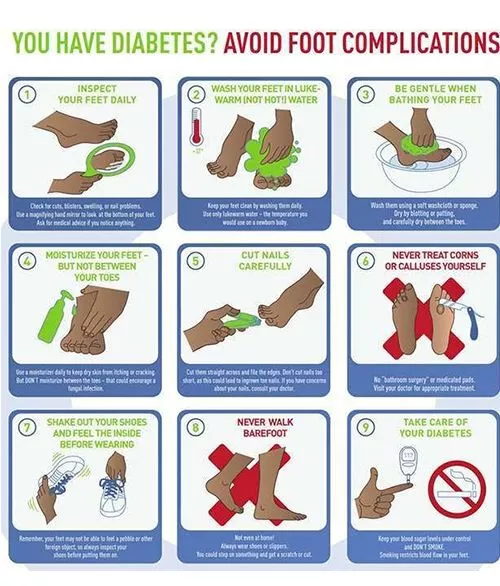Our Treatment
Diabetic Foot Management
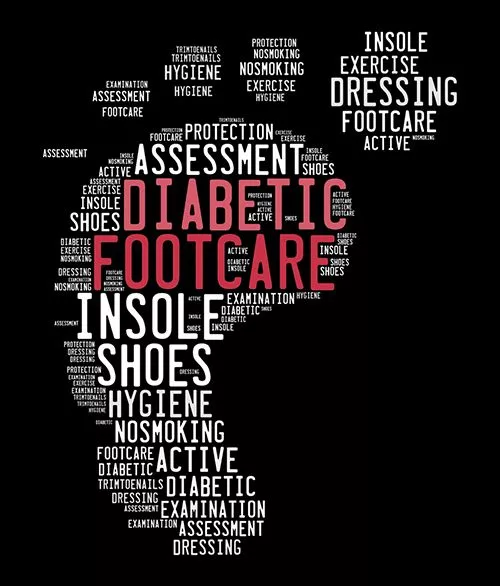
Magnitude of the problem in India
Who are at Highest risk for developing Diabetic foot problems?

Myths about Diabetic foot treatment
Myths
Truth
Warning signs / How do I Check my feet?
If you see any of the following alarming signs on your feet- immediately consult your doctor.
Wound / ulcer development
Abnormal swelling
Redness / Localized pain
Blister development
Cuts/injury / broken skin on toes/heel
Callus / Corn development
Nail or toes color changes (Blue / black)
Burning pains in legs / feet, worsening at night.
Sharp leg cramps after walking some distance
Feet feeling cold
A tingling, pins and needles sensation, numbness in the feet
Slippage of ‘Chappals’ from feet while walking


How we treat ?
Role of improving blood circulation in diabetic foot
Why?: To save the foot, leg.
Goal: To Maximize foot blood circulation for wound healing
Treatment offered :
- Balloon Angioplasty
- Vascular Stenting
- Bypass Surgery
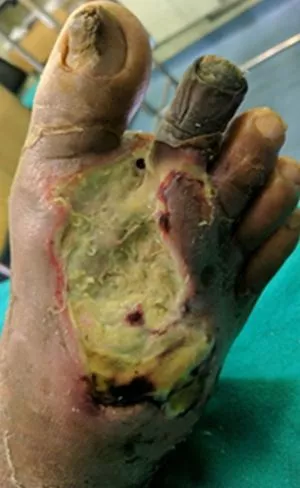
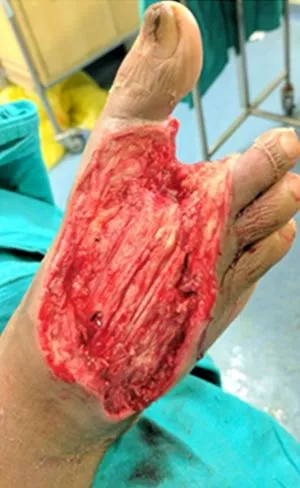
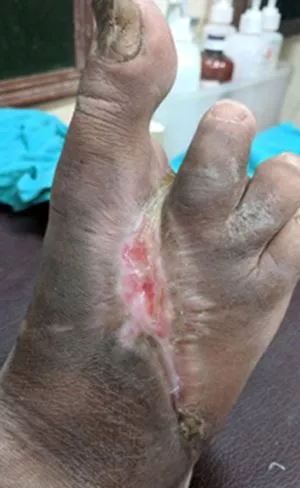
Our Results
Taking care of your feets
